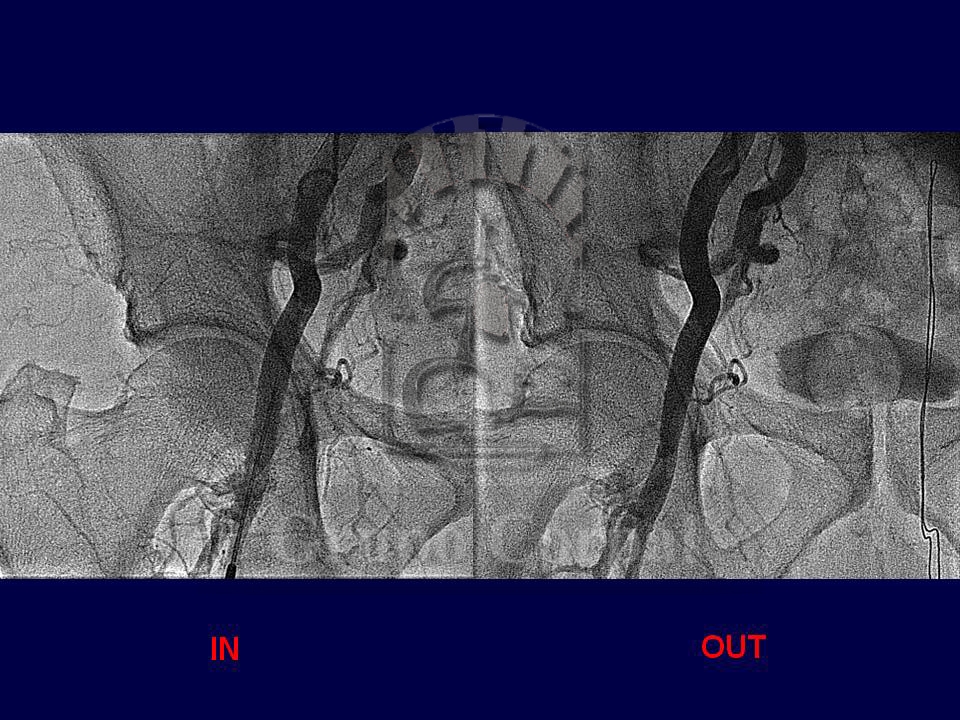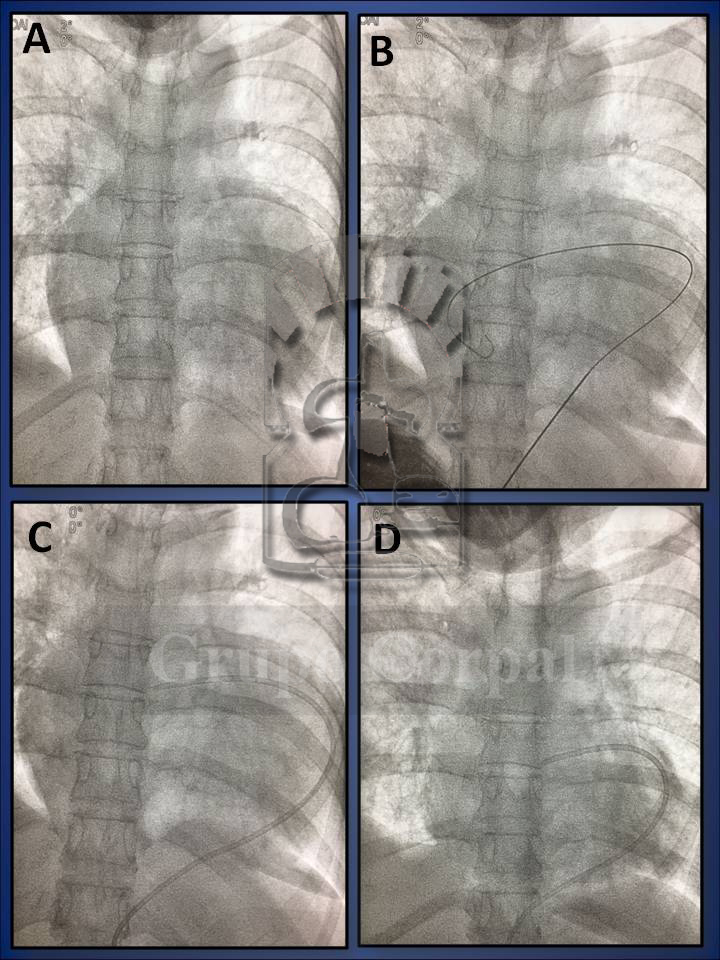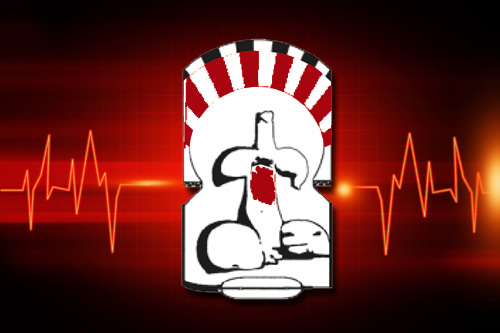Other techniques in cardiovascular health
Several original and effective percutaneous techniques have been developed for the treatment of hypertension, different complications and aortic aneurisms.




Percutaneous treatment of vascular complications and aortic aneurysms
Femoral percutaneous access can give rise to complications. Although such complications have been reduced with closure systems, catheter diameters have increased for special procedures such as percutaneous prostheses, Mitraclips, etc. The onset of a diffuse haematoma that extends and disappears over time is normal. However, there are complications that previously required surgery and long hospitalisation. Read more…
Renal denervation for the treatment of hypertension refractory to medical treatment
Hypertension is a growing problem worldwide and one of the most dangerous risk factors for stroke or myocardial infarction. Despite numerous drugs on the market that can provide personalised treatment, blood pressure can occasionally not be controlled in some patients. Blood pressure control is a priority, as cardiovascular risk clearly increases in uncontrolled patients. Read more…
Pericardiocentesis
The pericardium is a double-walled sac that surrounds the heart; it contains a small quantity of serous fluid to prevent friction with its constant movements. The content of the double serous wall or pericardial cavity is therefore practically virtual. However, occasionally, either due to irritation, infection, viruses, tumour processes, or even perforation of a cavity, the pericardial content can increase considerably, thus hindering the movements of the heart, particularly ventricular filling. Read more…
Extraction of extraneous matter from the heart or pulmonary vascular tree
In patients with long intravenous treatments, a central line is often established with catheters. However, such catheters can break and are often embolised to the right cavities, or even to the pulmonary vascular tree. This can occur in both adults and paediatric patients. Extraneous matter can also be derived from pacemaker wires or guides in percutaneous therapeutic procedures, and implant devices can embolise. Read more…


